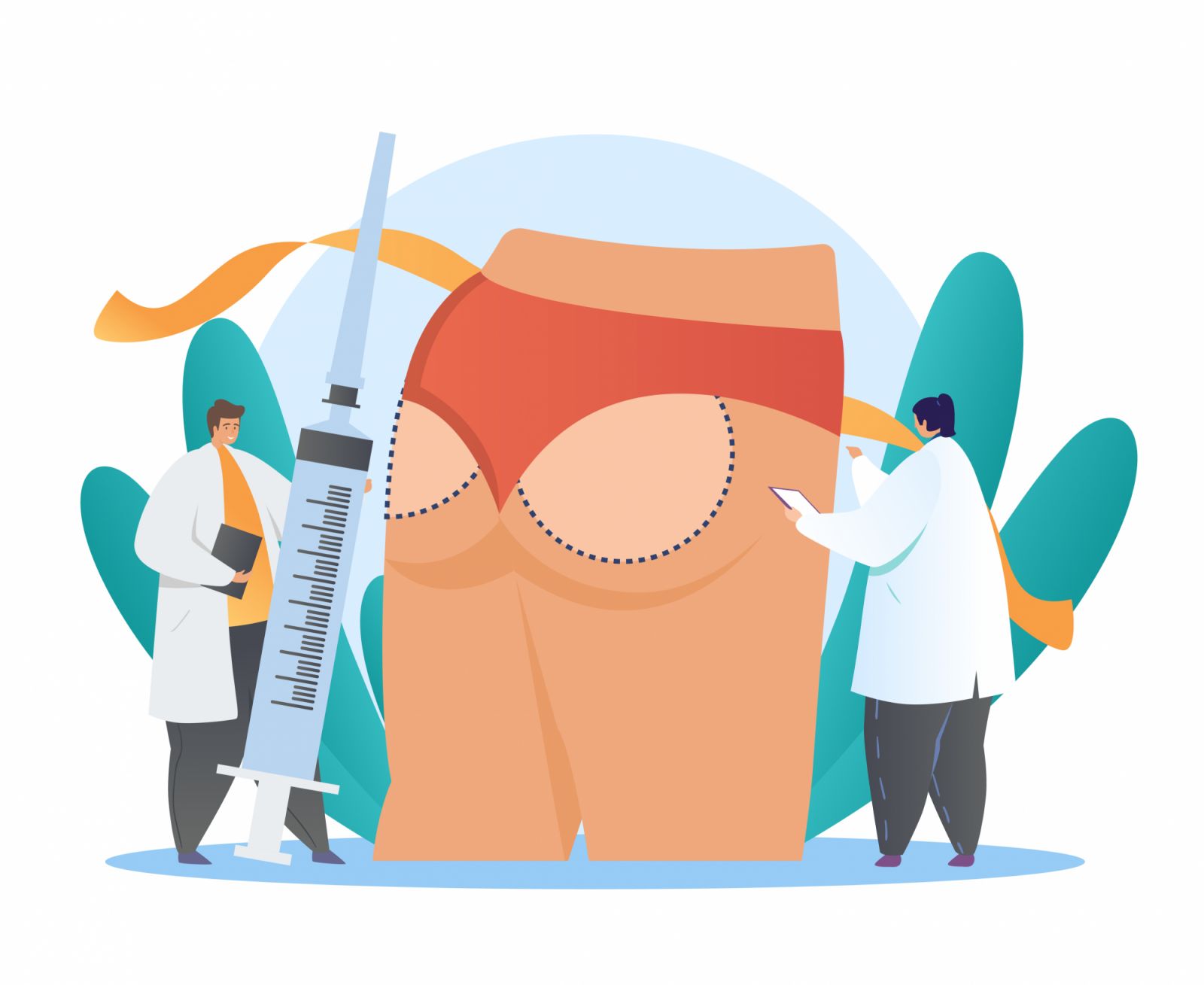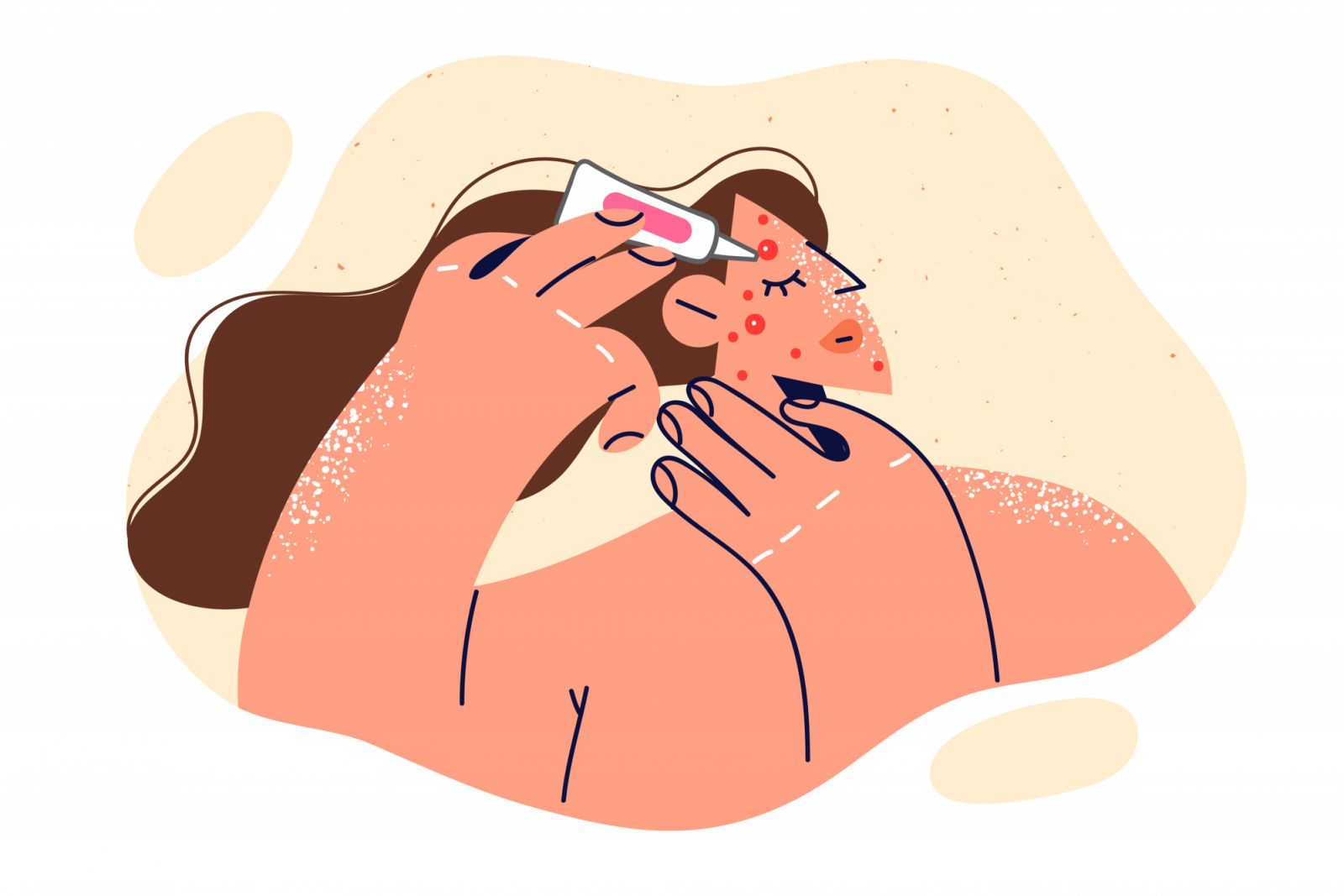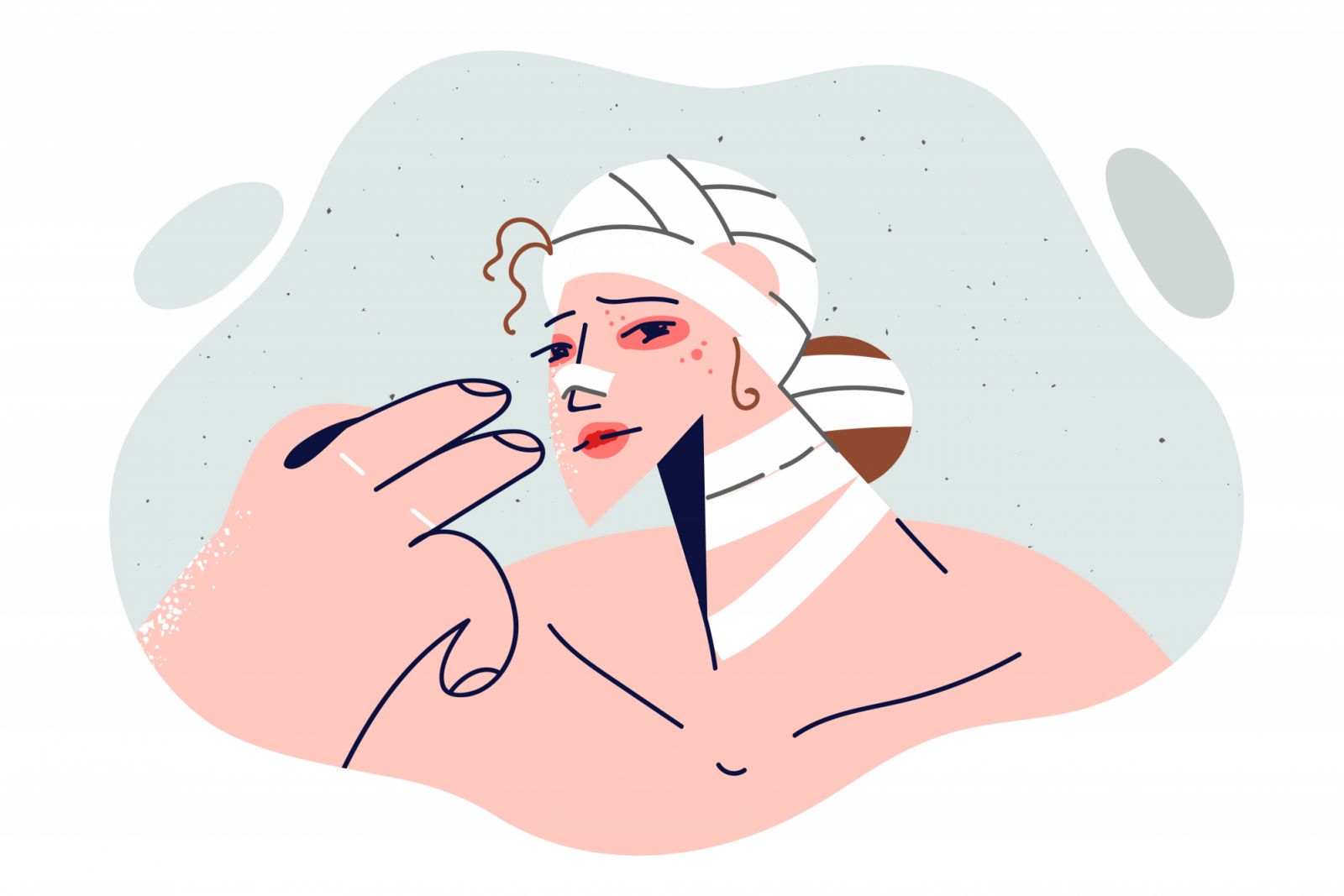Never heard of sclerotherapy? Curious about IPL? Let Tatler’s A-Z guide be the starting point of your education
Stigmas have been lifted and views have shifted in the world of cosmetic procedures. As a result, more people are turning towards non-or minimally-invasive treatments to enhance natural features, rather than dramatically changing the way they look.
Here, we document a variety of treatments available today, as well as trends that are rising in this space— from facials, like one inspired by the coveted Korean “glass skin” glow, and micro-doses of Botox, to those with considerably longer-lasting effects.
Don’t miss: Vida Glow founder Anna Lahey on edible beauty supplements and why they are becoming so popular
A is for Aquafacial
Clean, clear skin will never go out of style. Enter the Aquafacial, a non-invasive facial treatment that combines deep cleansing, exfoliating and oxygenation. Results—ranging from improved texture to reduced fine lines—are said to be immediate, with no downtime.
B is for Botox
Botox—a brand of botulinum toxin, a drug injected into muscles to prevent them from moving for a period of time and is used in treatments that minimise the appearance of wrinkles—rose to prominence in the 1990s. The brand name has become synonymous with the cosmetic treatment in popular culture. Today, aestheticians are continually finding new ways to use it to enhance natural features.
One of the latest trends is baby Botox, which uses smaller doses and micro-injection for more subtle results while lessening the chances of a “stiff face”. There’s also the Botox lip flip, which differs from lip fillers—it relaxes the muscles in the upper lip to create a fuller, poutier look. The Botox brow lift, meanwhile, creates a lifted, more alert look.




